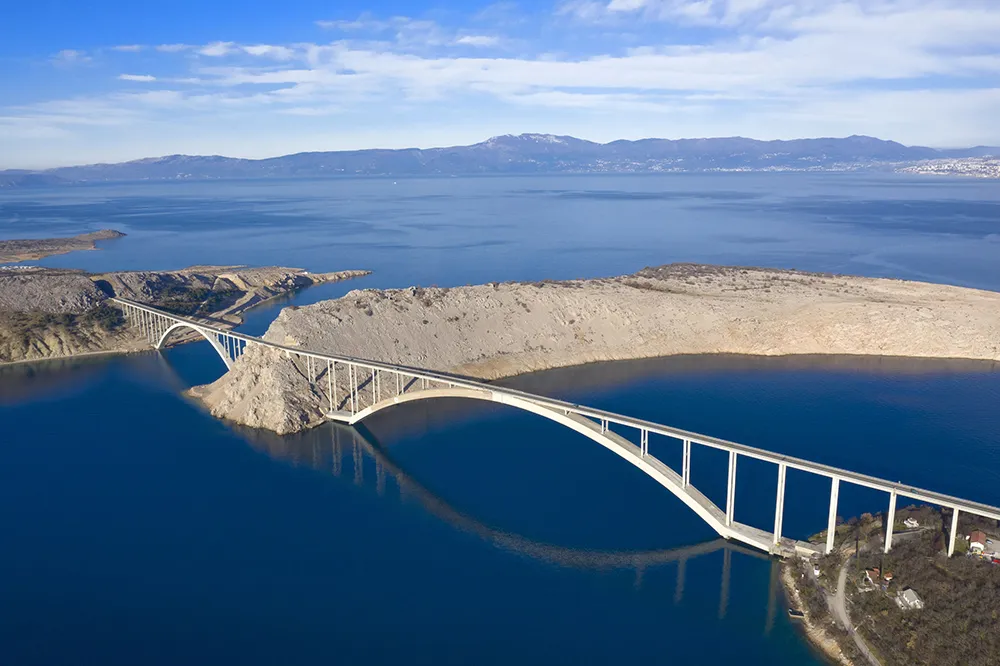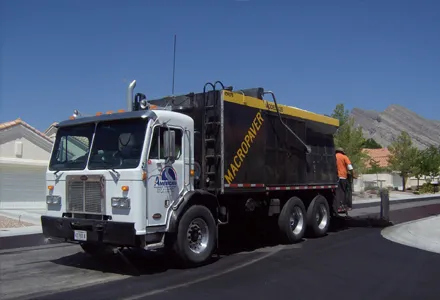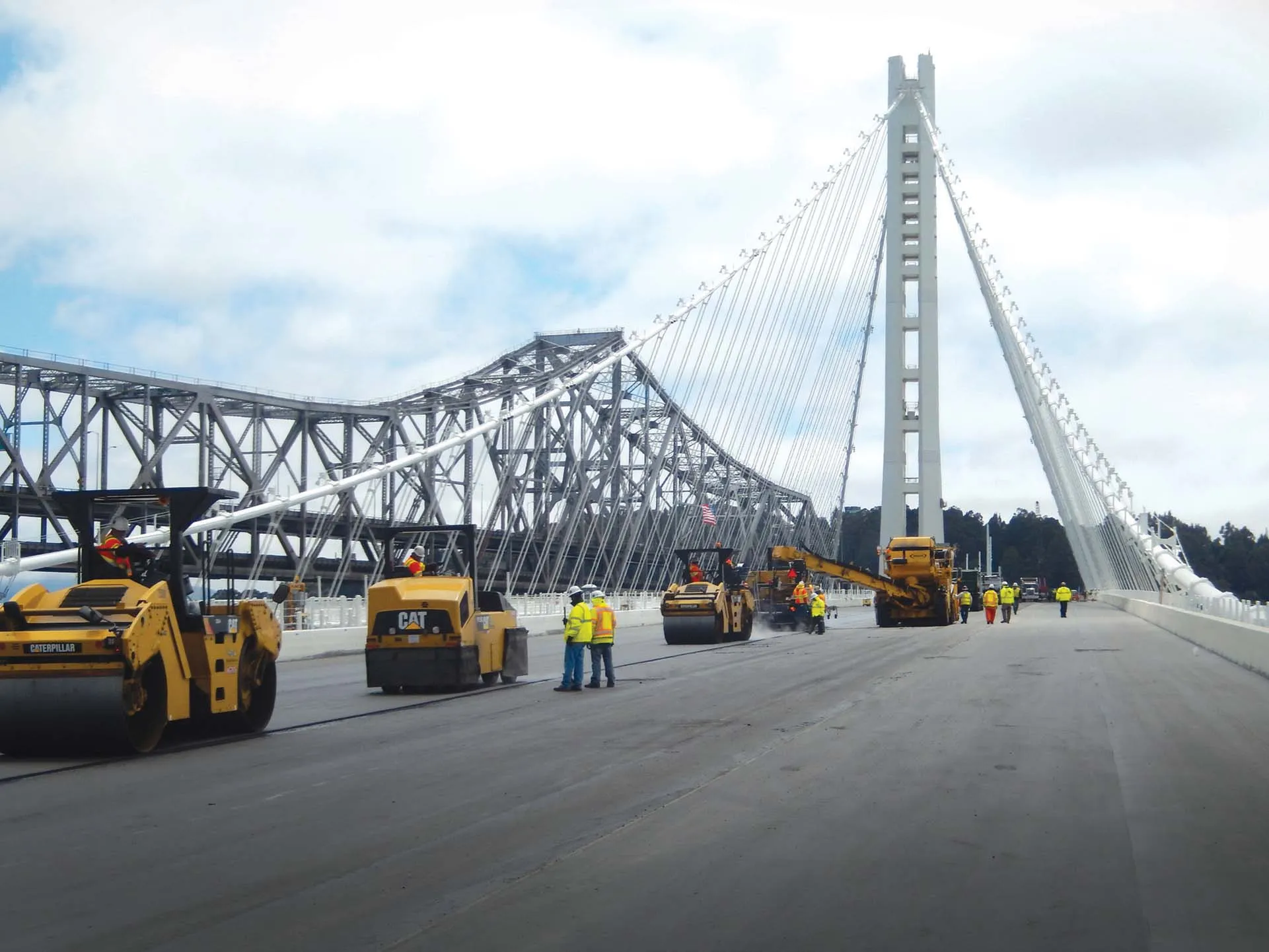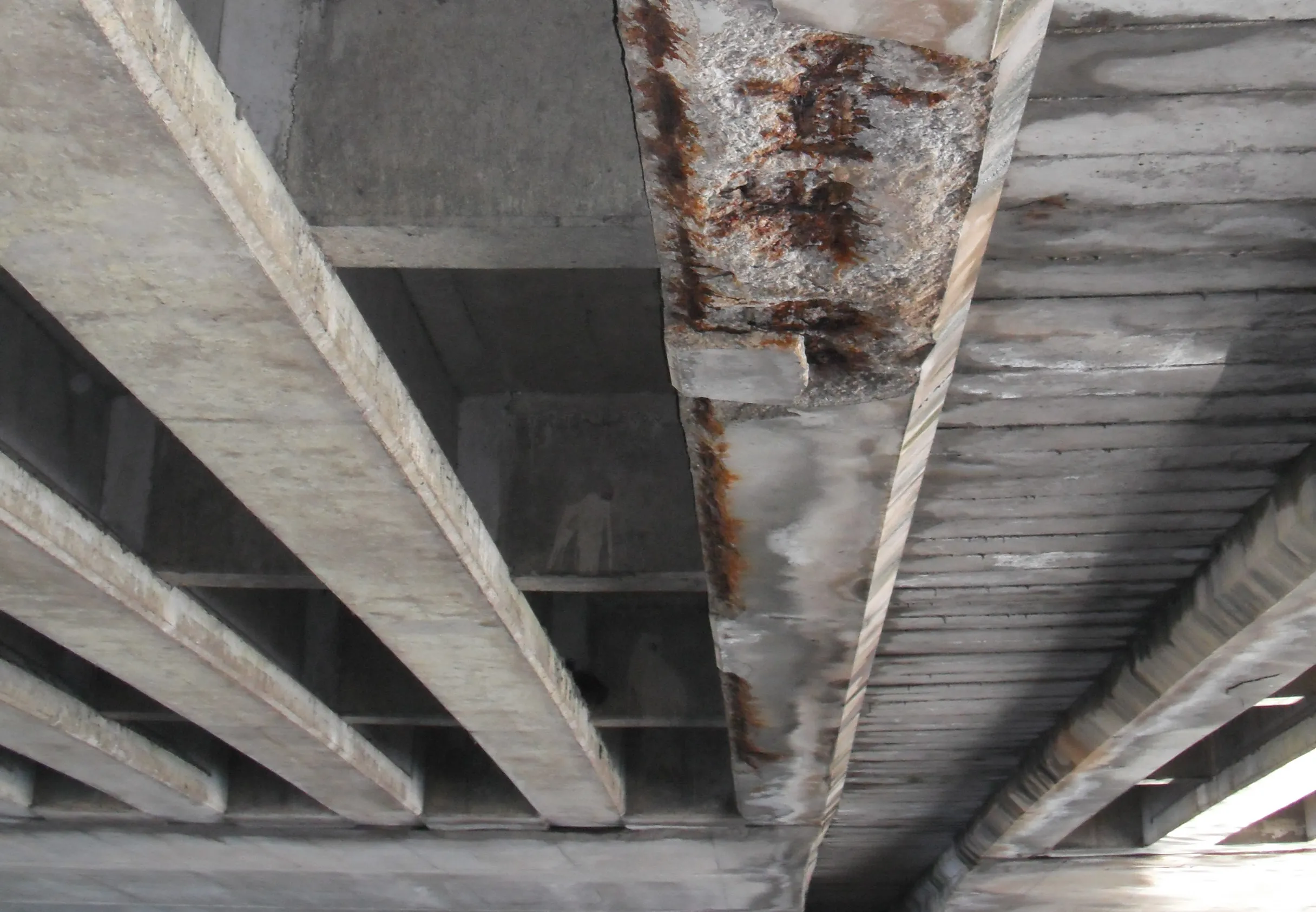Stirling Lloyd's Eliminator waterproofing system, found on the decks of many of the world best known highway bridges, is being used in a €8.7 million refurbishment project on the famous 650-year-old Charles Bridge in the Czech capital Prague. Work on the tourist attraction includes repairs to the upper bridge section, replacement of the old concrete deck, installation of the new waterproofing system, replacing stones in sills where required, new drainage and repair to the structures pillars. It will repair
July 17, 2012
Read time: 2 mins

Work on the tourist attraction includes repairs to the upper bridge section, replacement of the old concrete deck, installation of the new waterproofing system, replacing stones in sills where required, new drainage and repair to the structures pillars. It will repair damage caused by the weather, wear from many thousands of tourists and the floods of 2002.
The Eliminator system, which will replace the existing leaking traditional waterproofing system, is based on advanced methyl methacrylate (MMA) technology that enables it to be applied in a wide range of temperatures and climatic conditions. Stirling Lloyd's authorised contractor HELIFIX arrived on site in December 2007, and refurbishment of the 4,500m2, 516m long deck is programmed to be completed by December.
The old concrete deck and previous waterproofing system is being removed and replaced by a new concrete deck. It is then primed with Stirling Lloyd's MMA based primer, PAR1 primer, that seals the concrete, and the Eliminator waterproofing membrane is spray applied in two separate coats. Stirling Lloyd's Metaset structural adhesive is applied, and while still tacky, the drainage geotextile is placed, followed by 100mm of concrete and the original numbered paving stones.









